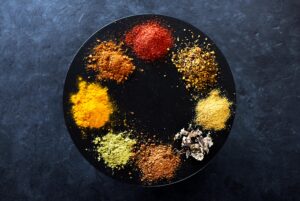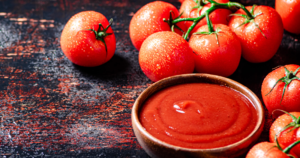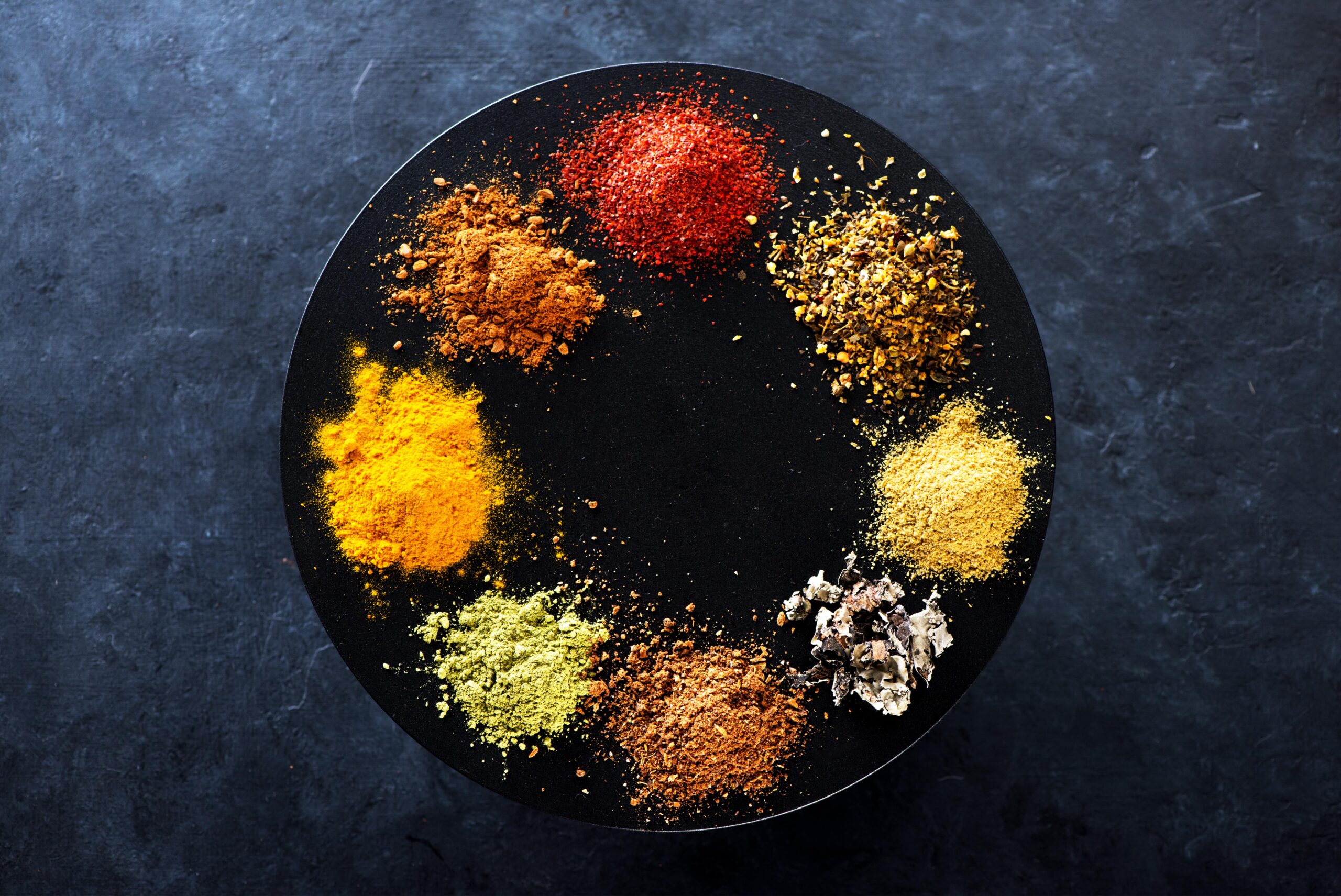Abdominal pain is one of the most common complaints people tell their doctors. There are numerous causes for such pain, many of which will resolve on their own over time. Some abdominal pains can be more complicated, troubling, and even life-threatening. One such cause of abdominal pain is gallstone obstruction. Gallstones are common and often don’t cause symptoms unless they interfere with the normal flow of bile through the liver, gallbladder or bile ducts.
The gallbladder is found in the right upper part of your abdomen right under/beneath the liver. The gallbladder holds bile, a digestive fluid, that gets released into the small intestine. A major reason why gallstones form is due to not-so-great chemistry of cholesterol. If this cholesterol is unable to stay in a dissolved state, it crystallizes resulting in stone formation. Gallstones can be as small as a grain of sand and up to as big as a golf ball.
As stated earlier many people will never feel their gallstones. If a gallstone lodges in a duct causing a blockage to bile flow, a person can experience intense pain in the upper abdomen, back pain between the shoulder blades, pain in the right shoulder and pain in the center of the abdomen right below the breastbone.
Bile duct obstruction can cause more than a transient attack of abdominal colic. A person can become jaundiced (skin and whites of eyes turn yellow) due to bile accumulation in the tissues. Jaundice is usually quite itchy. The gallbladder can become infected as can the bile ducts- this is a very serious situation and potentially life-threatening. Gallstones and “sludge” in the bile ducts can also promote acute pancreatitis which also can be life-threatening. This is a very painful condition with generalized abdominal pain, potentially fever and serious infection as well.
Risk factors for developing symptomatic gallstones are numerous including being female, older, American Indian, Mexican-American, overweight, and pregnant. Rapid weight loss can precipitate gallstones. A high-fat and/or high-cholesterol diet or status is associated with more symptomatic gallstone disease.
If gallstones are clinically suspected to be a problem, certain imaging tests such as an abdominal ultrasound or a CT x-ray scan can confirm their presence. Blood and urine testing can detect abnormal bilirubin/bile in the serum. Special Magnetic Resonance Imaging (MRI) testing can be used to image the bile duct system and rule out tumors which could mimic gallstone problems. Some people experience abnormal gallbladder function without stones obstructing bile flow. These patients may have abdominal pain or maldigestion problems. Nuclear imaging studies using tracer isotopes can help detect this not uncommon condition.
Symptomatic gallbladder disease is managed with surgical removal, usually laparoscopically. Once the gallbladder is removed, the bile will flow from the liver into the small intestine. Humans don’t need their gallbladders to live. After removal, about 20 percent of patients experience diarrhea for a few weeks. To avoid diarrhea, patients are asked to not eat too much fat at once. The gallbladder and the bile it holds is used to help digest fat. Since the storage of bile cannot occur, only small amounts of fat will be digested at a time thus promoting diarrhea with heavy meals/fat intake.
To learn more about gallstones and the problems they could cause, click here to read my article I penned for my former practice on this topic.
If you’re experiencing abdominal issues, it’s better to be safe than sorry and talk to a doctor right away about your symptoms. To schedule an appointment with Dr. Kordonowy of IMLWP, click here or call 239-362-3005, ext. 200.










